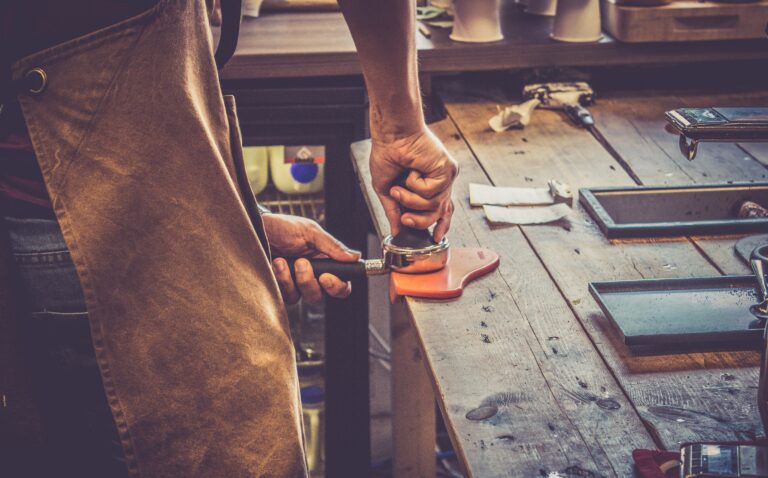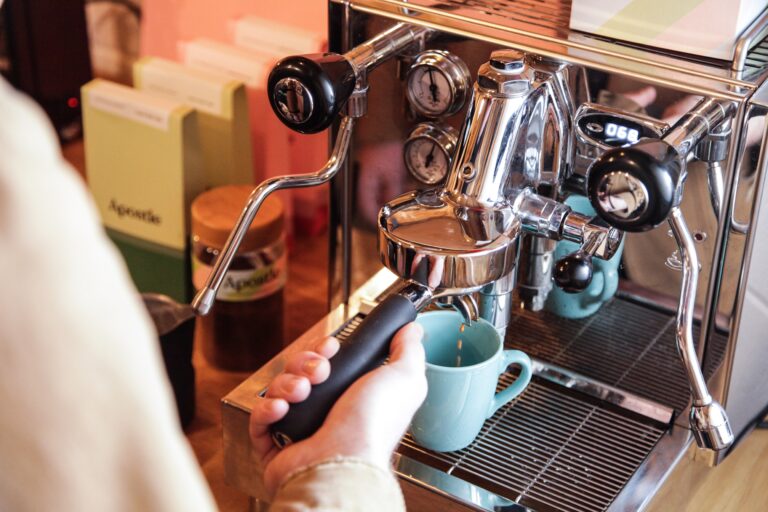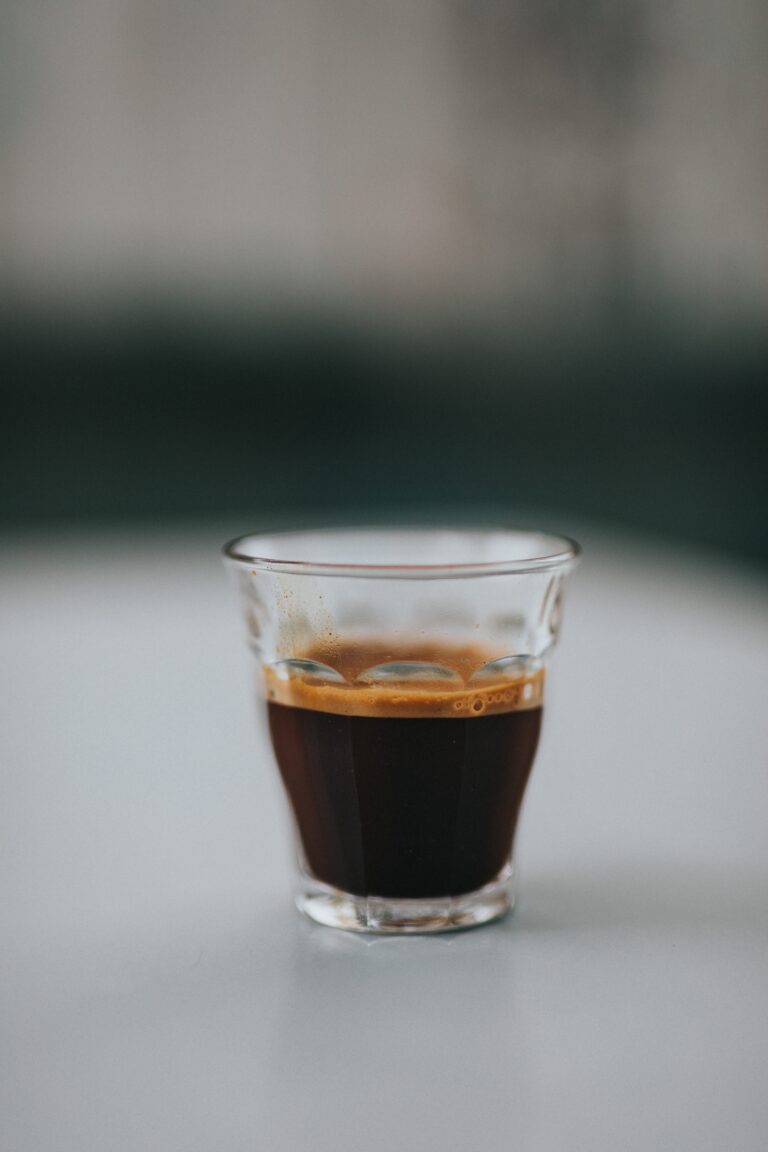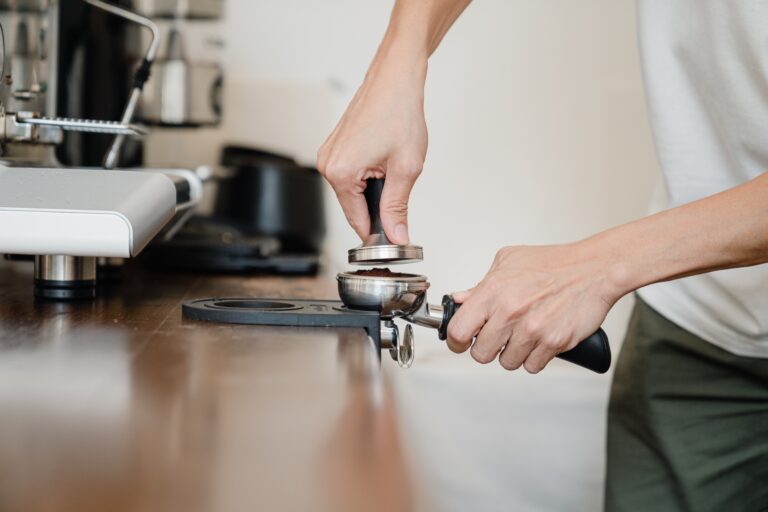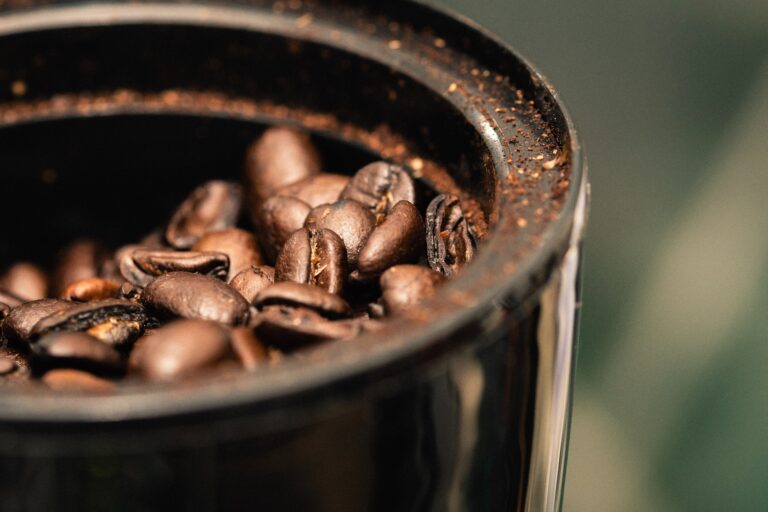Espresso Beans Vs Coffee Beans: A Comprehensive Guide
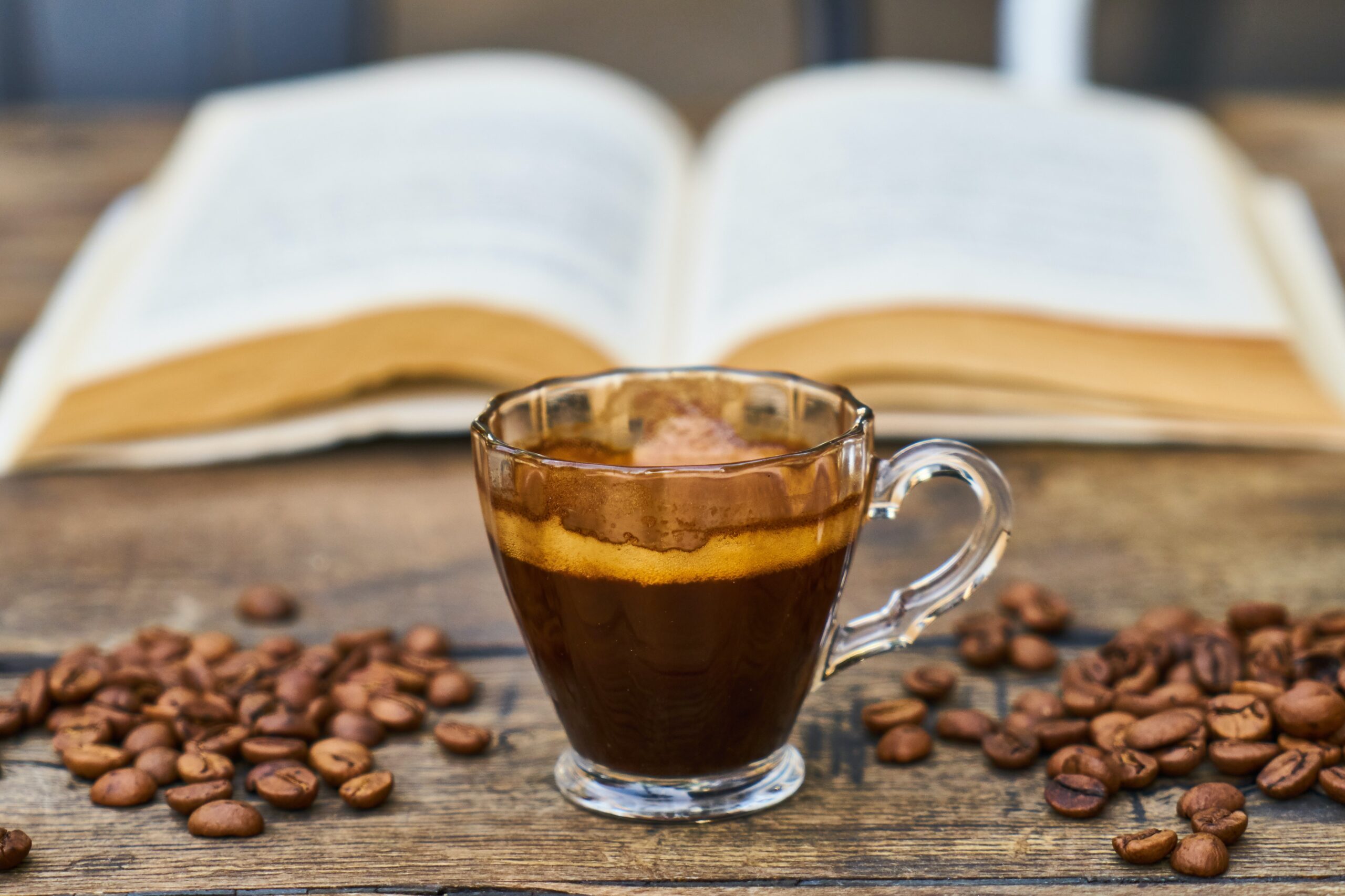
Introduction
If you’re an espresso enthusiast or a budding barista, you know that the key to a perfect espresso lies in selecting the right coffee beans. The world of coffee offers a plethora of options, making it a daunting task to select the ideal beans for your espresso machine. In this guide, we will walk you through the battle between espresso beans vs coffee beans. This includes the process of choosing the right coffee beans for your espresso, answering common FAQs, and highlighting essential considerations when making your purchase.
Espresso Beans Vs Coffee Beans: How to choose ⚖️
1. Understand Espresso Roasts
When selecting coffee beans for espresso, it’s crucial to be familiar with different roast levels. Espresso roasts are generally medium to dark, as these roasts accentuate the rich flavors and oils required for a well-balanced shot. Dark roasts often have a more pronounced body and a slightly bitter taste, while medium roasts retain a balance of acidity and sweetness. Experiment with various roast levels to find the one that suits your taste preferences.
2. Opt for Freshness
Freshness is key to a flavorful espresso. Coffee beans have a limited shelf life, and their flavors start to deteriorate after roasting. Look for beans with a “roasted on” date and try to consume them within two to four weeks from that date. Avoid buying coffee beans in bulk unless you plan to use them quickly.
3. Check for Origin and Single-Origin Beans
The coffee’s origin significantly impacts its flavor profile. Beans from different regions possess unique characteristics due to variations in soil, altitude, and climate. Single-origin beans are sourced from a specific region, allowing you to experience the distinct flavors of that area. Experiment with beans from various origins to explore a wide range of taste profiles.
4. Consider the Blend
Espresso blends are carefully crafted by roasters to achieve a harmonious combination of flavors. They usually consist of beans from different regions and roasting levels to create a balanced and consistent taste. Some blends are specifically designed for espresso machines and may perform exceptionally well in producing crema, the rich foam on top of an espresso shot.
5. Look for Specialty Coffee Beans
Specialty coffee beans are grown with meticulous care and precision, resulting in a superior product compared to conventional beans. These beans often score 80 points or above on a 100-point scale by professional tasters, signifying their exceptional quality. While specialty coffee beans might be more expensive, they offer a memorable and satisfying espresso experience.
FAQs on Espresso Beans Vs Coffee Beans ❓
Q1: Can I use any coffee beans for making espresso?
A: While you can technically use any coffee beans to make espresso, not all beans are suitable for producing a rich and flavorful shot. It is recommended to use medium to dark roasted beans specifically labeled for espresso brewing to ensure the best results.
Q2: What’s the difference between Arabica and Robusta beans for espresso?
A: Arabica beans are known for their delicate flavors, pleasant acidity, and aromatic qualities. They are a popular choice for specialty coffee and are often preferred for their nuanced profiles. On the other hand, Robusta beans have a higher caffeine content and a more bitter taste. They are commonly used in espresso blends to enhance crema and add body to the shot.
Q3: How should I store coffee beans for espresso?
A: To preserve the freshness and flavor of your coffee beans, store them in an airtight container away from light, heat, and moisture. Avoid freezing or refrigerating the beans as condensation can negatively affect their taste. Instead, buy smaller quantities of beans more frequently for the best results.
Things to Consider When Buying Coffee Beans for Espresso 🤔
1. Budget
High-quality coffee beans often come with a higher price tag. Determine your budget and find beans that meet your preferences while fitting within your financial range. Remember that investing in good beans will undoubtedly elevate your espresso experience.
2. Personal Taste Preferences
Consider the flavors you enjoy in an espresso. If you prefer a well-balanced shot with floral and fruity notes, go for medium roast single-origin beans. If you enjoy a more robust and intense espresso, opt for dark roast blends with Robusta content.
3. Equipment Compatibility
Not all espresso machines are created equal, and some may perform better with specific types of coffee beans. Read the manufacturer’s recommendations or consult experienced baristas to find beans that work best with your espresso machine.
4. Roast Date
Always check the roast date on the coffee bean packaging. Fresher beans produce a more vibrant and aromatic espresso, so aim to purchase beans that have been roasted within the last few weeks.
5. Experiment and Have Fun
Ultimately, choosing the right coffee beans for espresso is a delightful journey of exploration and experimentation. Don’t be afraid to try new blends, origins, and roast levels. Your espresso-making skills will undoubtedly improve as you discover the flavors that satisfy your taste buds the most.
Conclusion 🎉
Selecting the perfect coffee beans for your espresso is an art in itself. Understanding the roast levels, considering the origin and blend, and prioritizing freshness will all contribute to a rich and rewarding espresso experience. Explore the world of coffee beans, indulge in the diversity of flavors, and, most importantly, have fun on your espresso-making journey! Remember, with the right beans, every shot has the potential to be a masterpiece.

